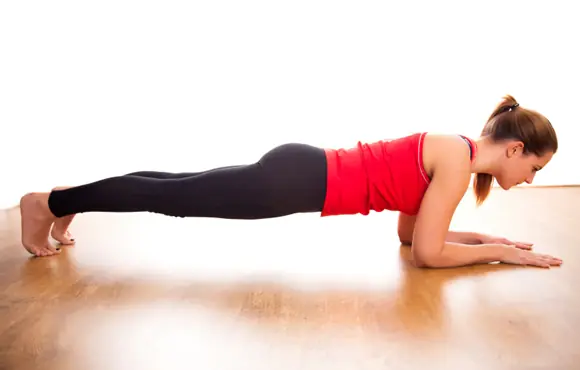
During the off-season, many cyclists often use running as part of their training regime. Many want to know how cycling miles compare to running miles. It's difficult to make a precise comparison, but I've developed a general formula that comes pretty close.
A major difference between running and cycling is that the energy you expend during a run rises linearly with your speed. In cycling, it rises exponentially. This is due to wind resistance, which is a major factor at cycling speeds, but of little or no consequence at running speeds.
The result is that each mile you run takes roughly the same amount of energy (about 110 calories for an average-size adult), regardless of your speed. But each mile on a bicycle uses vastly different levels of energy, depending on how fast you ride.
As you know, maintaining 20 mph takes significantly more energy than going 18. Dr. Edward Coyle of The University of Texas, Austin determined average values of oxygen consumption by cyclists. He then applied these to develop the following table, which you can use to estimate the approximate caloric equivalence between running and cycling.
Cycling Speed Calories Conversion
| M.P.H. | Cal. per mile | Divider |
| 10 | 26 | 4.2 |
| 15 | 31 | 3.5 |
| 20 | 38 | 2.9 |
| 25 | 47 | 2.3 |
| 30 | 59 | 1.9
|
For example, riding 20 miles at 15 mph burns 620 calories (20 miles X 31 calories per mile = 620 calories). Determine the running equivalent by dividing the distance (20 miles) by the conversion divider for 15-mph (3.5). The result is 5.7 miles.
This means that cycling 20 miles at 15 mph burns as many calories as running 5.7 miles.
If you rode 20 miles at 20 mph, you would divide by the corresponding number on the table (2.9). The result is 6.9 miles. So, in terms of energy expenditure, riding 20 miles at 20 mph is equivalent to running 6.9 miles.
Both would burn about 760 calories (20 X 38).
These ratios have some important limitations, though. Coyle's derived conversion figures are for an average-size adult (approximately 155 pounds).
A larger cyclist would divide by a slightly higher number; a smaller cyclist, by a slightly lower one. Wind and hills are not accounted for in the table, nor is drafting, which can reduce your energy expenditure by up to one-third.
READ THIS NEXT: Should Cyclists Run in the Offseason?








Discuss This Article